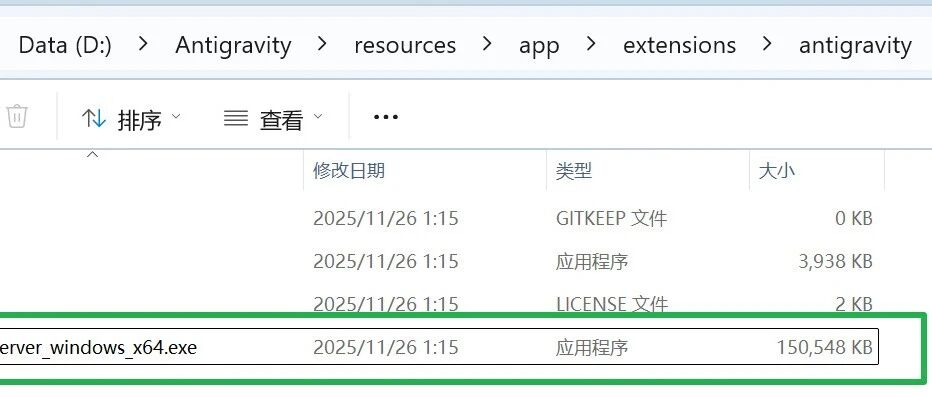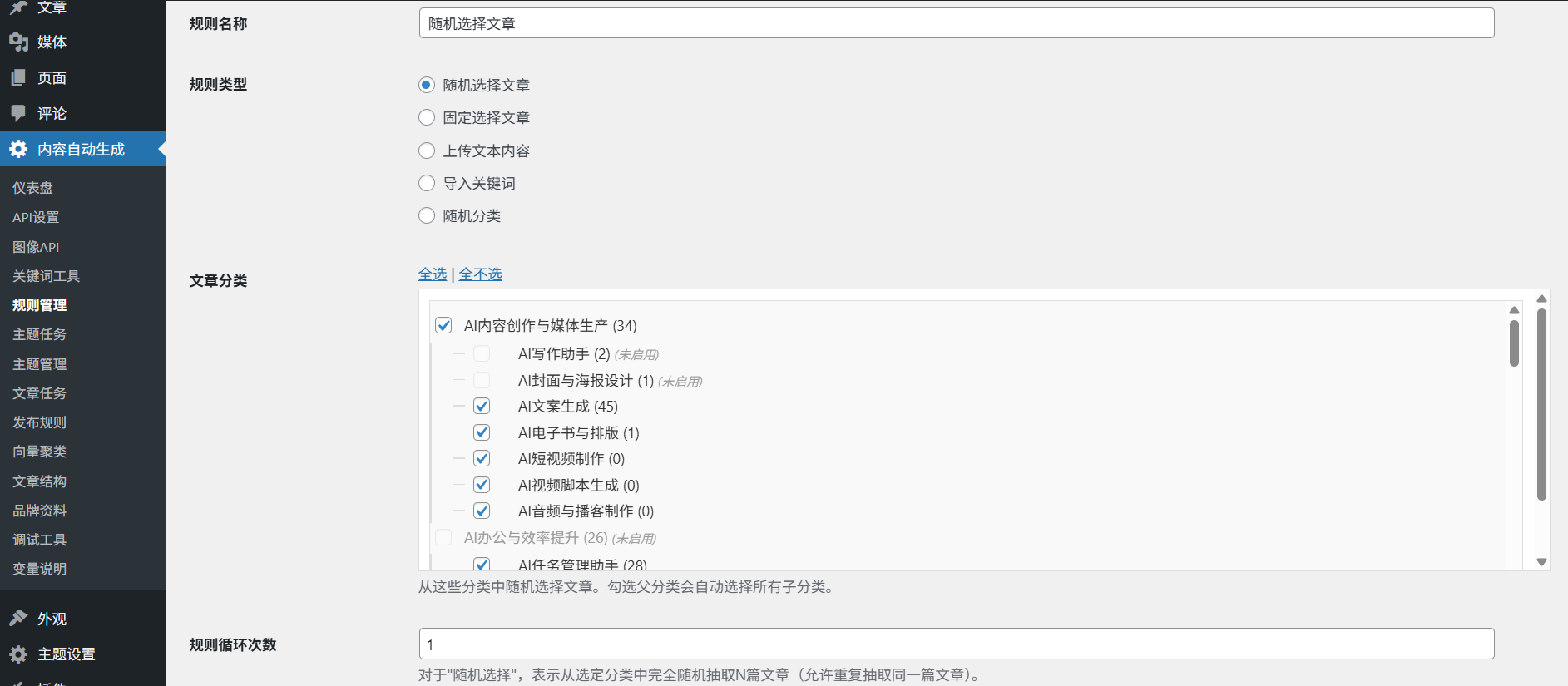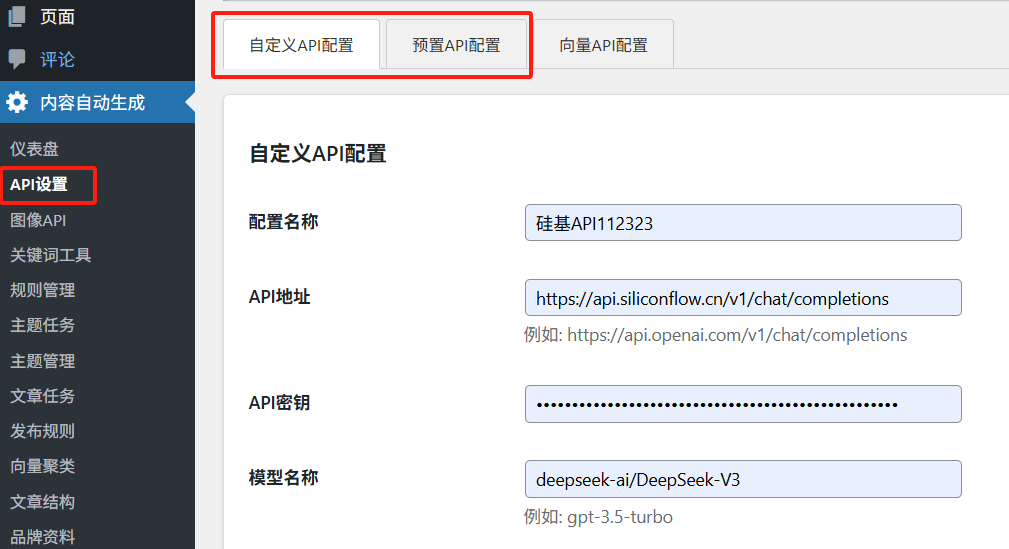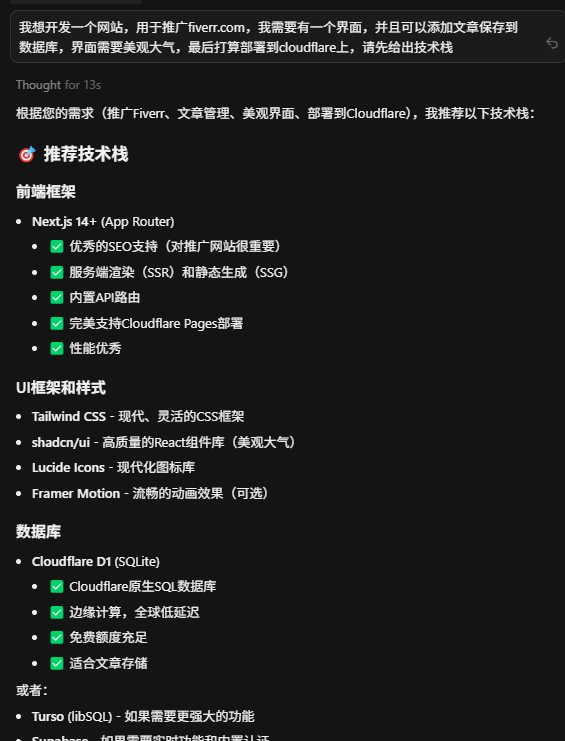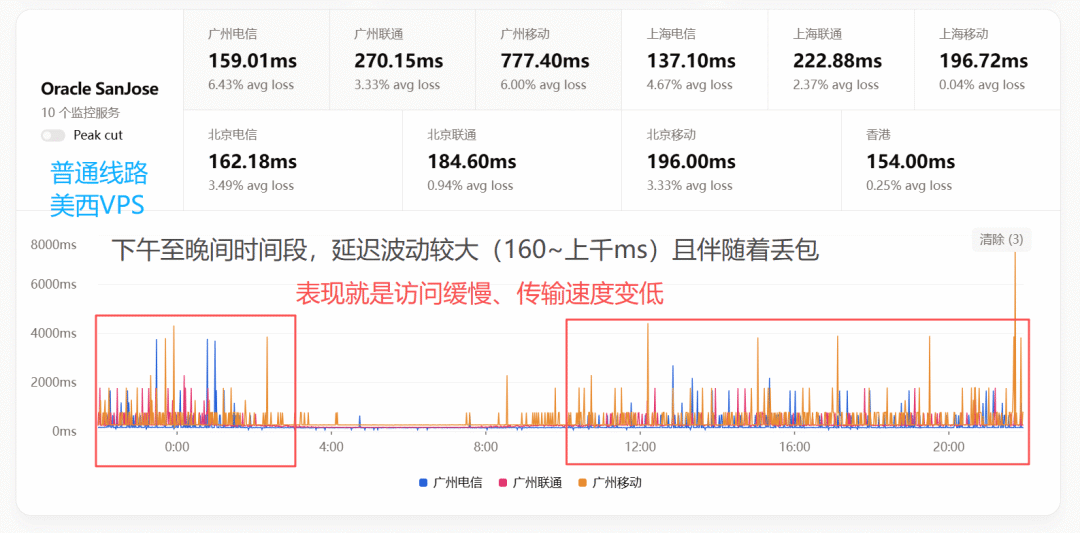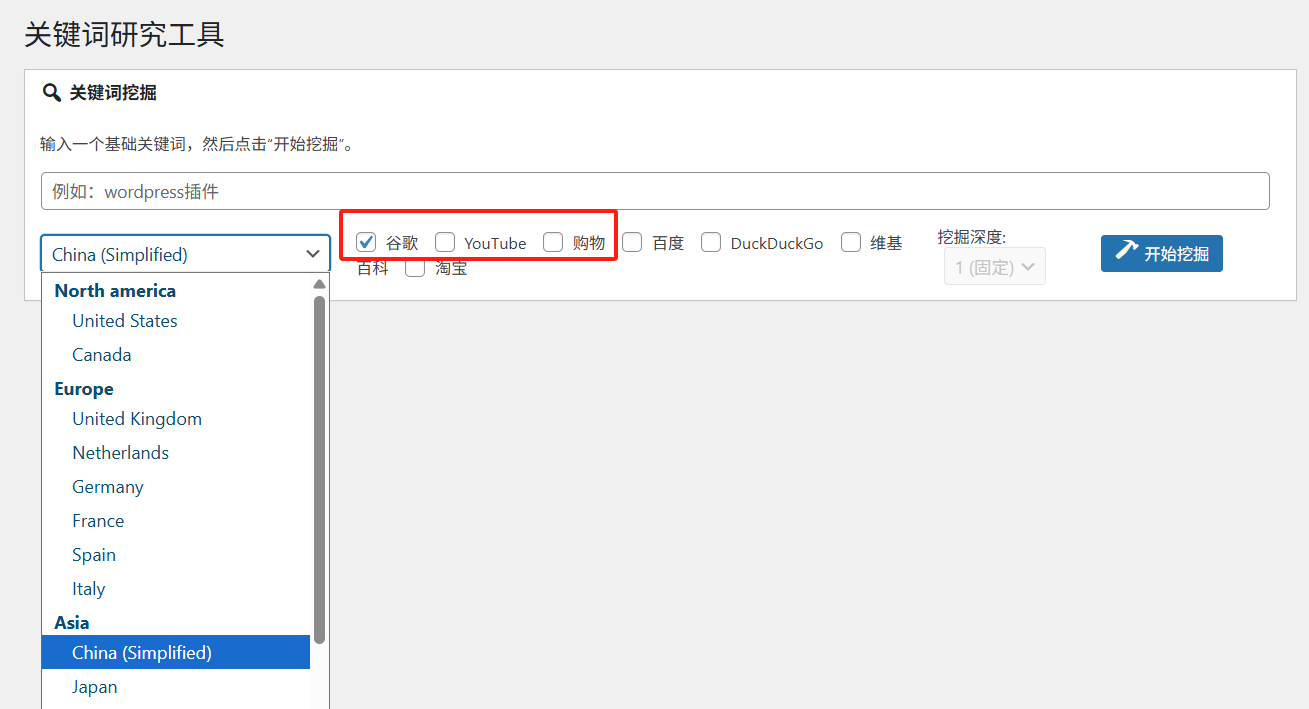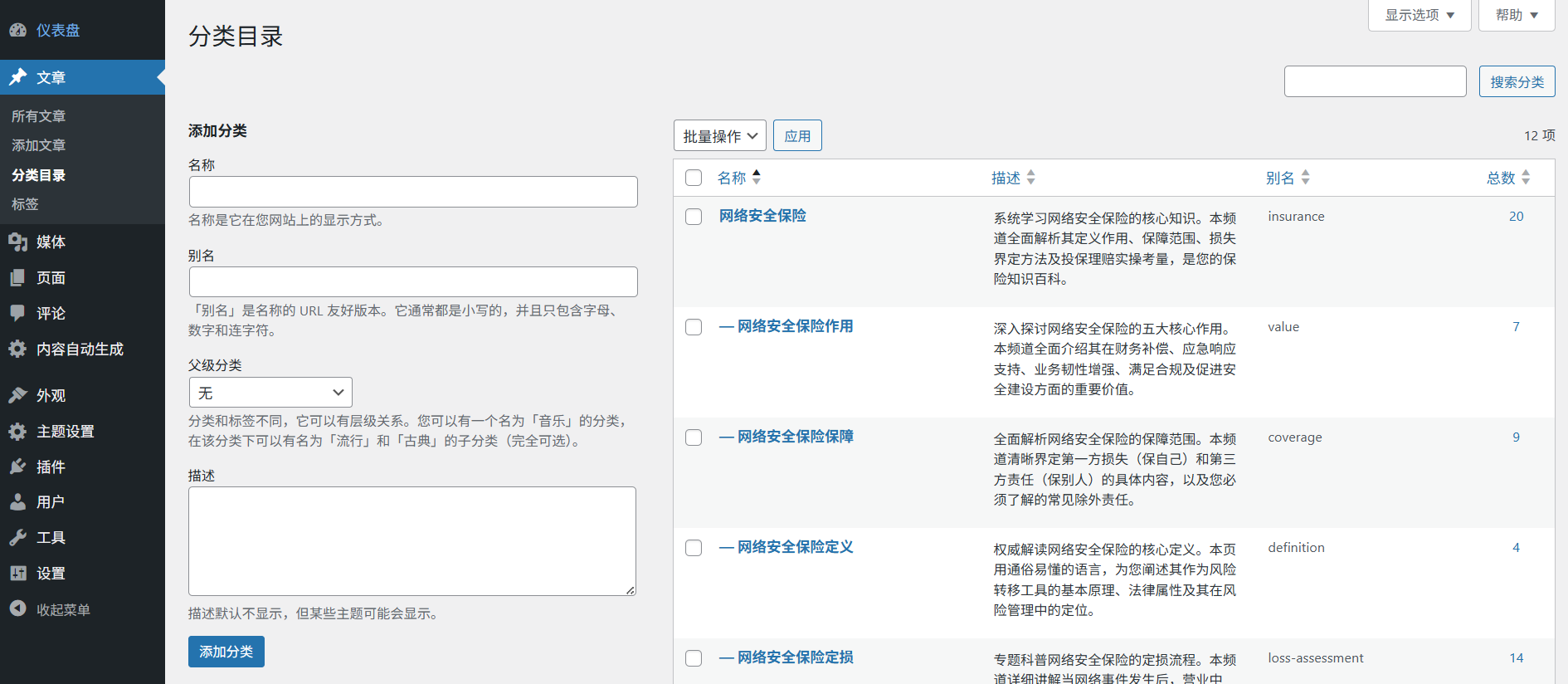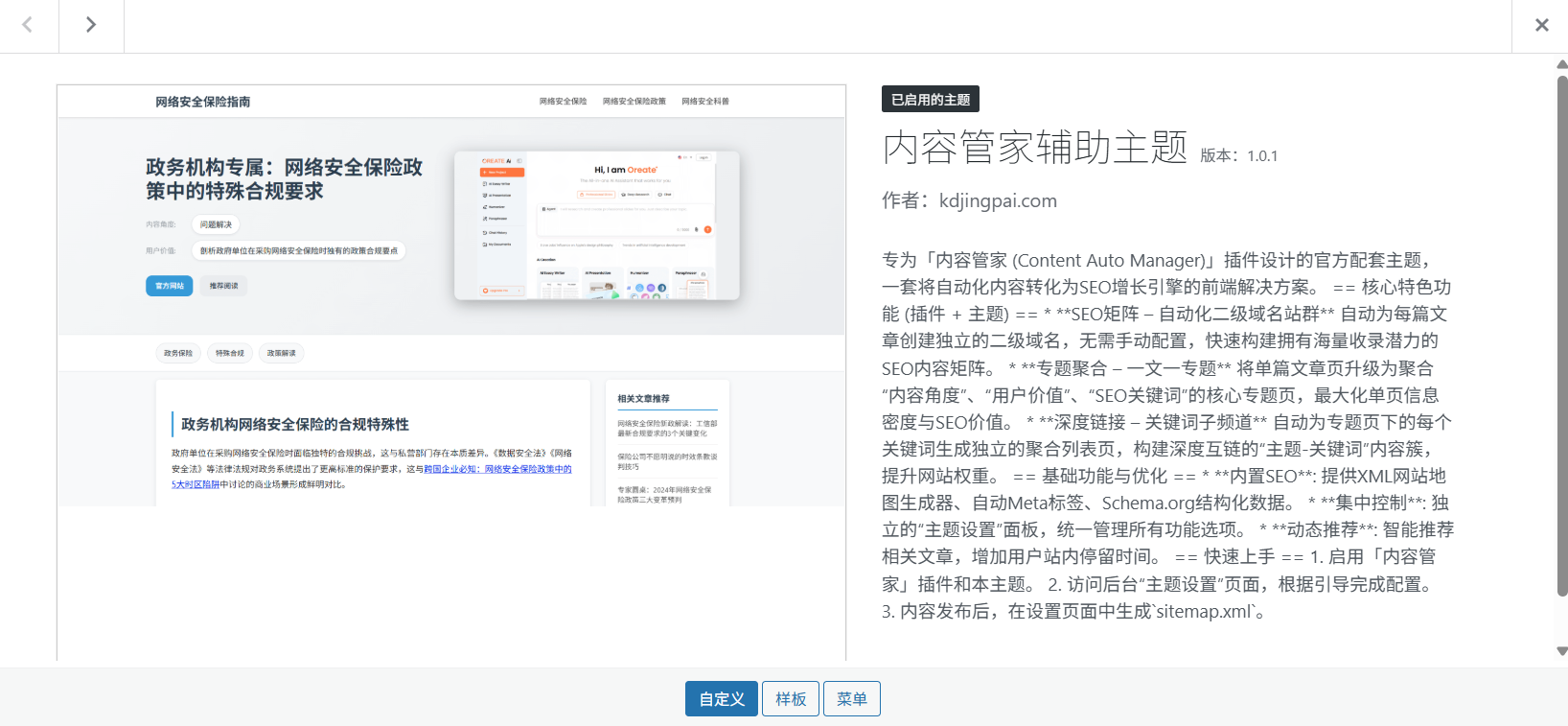Response Speed Optimization Methodology
For edge-deployed intelligences, professional-grade responses under 150ms can be achieved with three levels of optimization:
- Architecture level: Selecting "Global Edge" mode to automatically assign the nearest node when deploying (Asian users are prioritized to Singapore/Tokyo servers), which has been measured to reduce network latency by 40%. Avoid using more than 3 tandem LLM nodes in the process.
- Data level: Create hierarchical indexes for Weaviate vector database, set "Cache Policy" for HF issues (Console → Database → TTL to 24h). Disable real-time synchronization of non-essential data sources.
- model levelAdjust the LLM node parameters: temperature ≤ 0.3 to reduce the randomness, max_tokens is controlled within 512. Enable "FastGPT" lightweight mode for simple queries.
Monitoring Tools: View the "Latency Heatmap" in Monitoring in real time to identify slow queries; analyze the "Model Response Time" trend graph in Reports every week, and consider process re-engineering when P95>300ms. When P95>300ms, it should consider process re-configuration.
Emergency program: Temporarily enable the "Auto-scale" feature for bursty traffic (Enterprise Edition only), or set a request rate limiting.
This answer comes from the articleLamatic.ai: a hosted platform for rapidly building and deploying AI intelligencesThe













